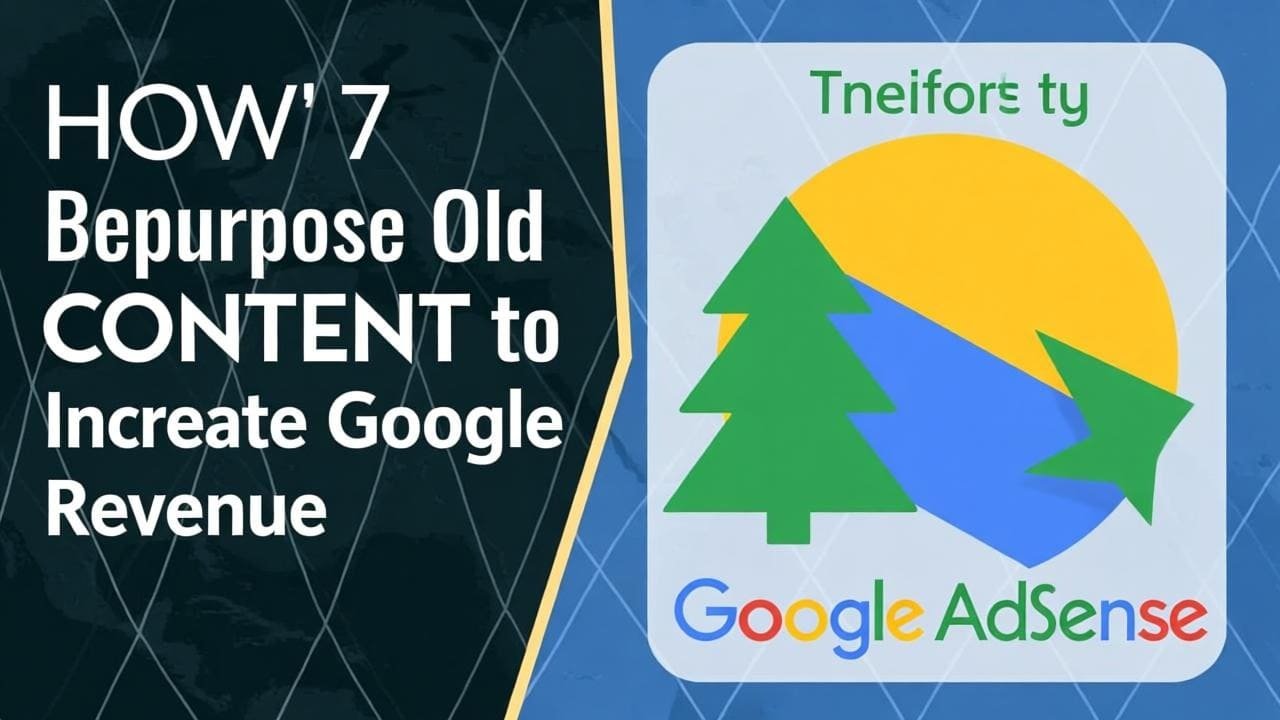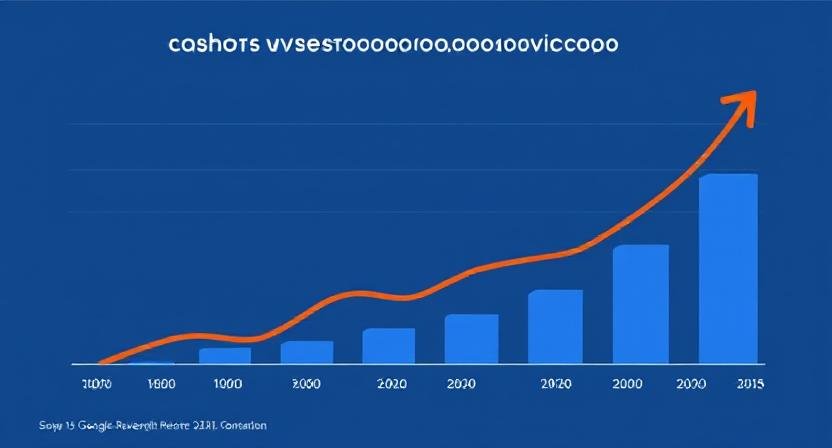Creating fresh content regularly can be challenging, especially for bloggers and website owners striving to monetize with Google AdSense. A highly effective yet often overlooked strategy to boost your site’s performance and AdSense revenue is repurposing old blog content. Repurposing not only saves time but also breathes new life into existing assets, attracting renewed traffic and increasing monetization opportunities.
In this detailed guide, learn practical methods to transform and optimize your old content for higher Google rankings, better user engagement, and ultimately, improved AdSense earnings in 2025.
Why Repurpose Old Blog Content?
-
Maximize ROI: Leverage your existing content investments to generate more traffic and revenue.
-
Improve SEO: Updating and expanding content with current information helps maintain or improve search engine rankings.
-
Reach New Audiences: Different formats target diverse types of users across platforms.
-
Enhance User Experience: Offering content in various forms (videos, infographics, podcasts) caters to different learning styles.
-
Sustain Content Consistency: Keeps your site active even when creating new content is slow.
Effective Ways to Repurpose Old Blog Content
1. Update and Refresh with New Information
Revise statistics, facts, and examples with the latest data. Refreshing content signals to Google that your site remains relevant and authoritative.
-
Add new sections to existing posts to cover emerging topics.
-
Correct broken links and update references to authoritative sources.
2. Convert Blog Posts into Videos
Create video summaries or tutorials based on your articles and share them on YouTube and other video platforms.
-
Embed videos in your original blog posts to increase engagement.
-
Videos attract new audiences and increase session duration, boosting AdSense impressions.
3. Make Infographics
Transform key points or data-heavy content into visually appealing infographics.
-
Infographics are highly shareable on social media and Pinterest, driving referral traffic.
-
Include embed codes to encourage others to share your content with backlinks.
4. Compile Posts into Ebooks or Guides
Group related blog posts into comprehensive guides or ebooks.
-
Offer these as lead magnets on your site to build an email list.
-
Use excerpts from guides to create multiple new blog posts.
5. Create Podcasts or Audio Versions
Record audio versions of your popular posts for podcast distributions.
-
Podcasts increase reach and provide an alternative format for busy audiences.
-
Promote your blog posts within episodes to drive traffic.
6. Break Down Long Posts into Series
Split lengthy articles into multiple focused posts for easy consumption.
-
Each post targets more specific long-tail keywords for better SEO.
-
Series create anticipation and promote repeat visits.
7. Turn Comments and Q&A Into Standalone Articles
Use reader questions and comments on your old posts as inspiration for new content.
-
Addressing specific user queries adds value and relevancy.
8. Republish on Different Platforms
Share rewritten or summarized versions of your posts on platforms like Medium, LinkedIn, or niche forums with backlinks to your original posts.
-
This increases exposure and drives blog traffic.
How Repurposing Boosts Google AdSense Revenue
-
Refreshing content attracts more organic traffic, raising ad impressions.
-
Diverse formats increase visitor engagement, improving CTR and session duration.
-
More visitors lead to more ad clicks, increasing revenue.
-
Enhanced content authority lures better-paying ads from Google’s auction system.
-
Expanded topical coverage brings higher-value long-tail keywords.
Tips for Successful Content Repurposing
-
Maintain quality and relevance in all repurposed versions.
-
Tailor content to the target platform’s audience and format.
-
Use consistent branding and CTAs to guide users back to your site.
-
Monitor performance metrics across formats and platforms to refine strategies.
Avoiding Common Pitfalls of Content Repurposing
-
Don’t duplicate content without significant modification—Google penalizes duplicate pages.
-
Avoid overloading users with repeated content in different formats simultaneously.
-
Ensure all repurposed content meets your site’s quality standards.
High Authority Resource
For detailed guidance on Google’s content quality guidelines and organic ranking factors, visit Google Search Central’s official page: Create Helpful, Reliable, People-First Content.
Read More: Building an Email List to Support Your Google AdSense Blog Growth in 2025
Conclusion
Repurposing old blog content is a smart and efficient way to boost Google AdSense revenue in 2025. By updating, reshaping, and redistributing your existing content in various formats, you increase your site’s visibility, engagement, and monetization potential without constantly creating from scratch.
Implementing thoughtful repurposing strategies extends your content’s lifespan, attracts a broader audience, and drives more targeted traffic—all of which contribute to higher AdSense earnings and a successful blogging business










